Chest to Bar Tutorial
Butterfly chest to bar pull ups are highly debated outside the CrossFit space, as to the uneducated individual they can appear as cheating or dangerous.


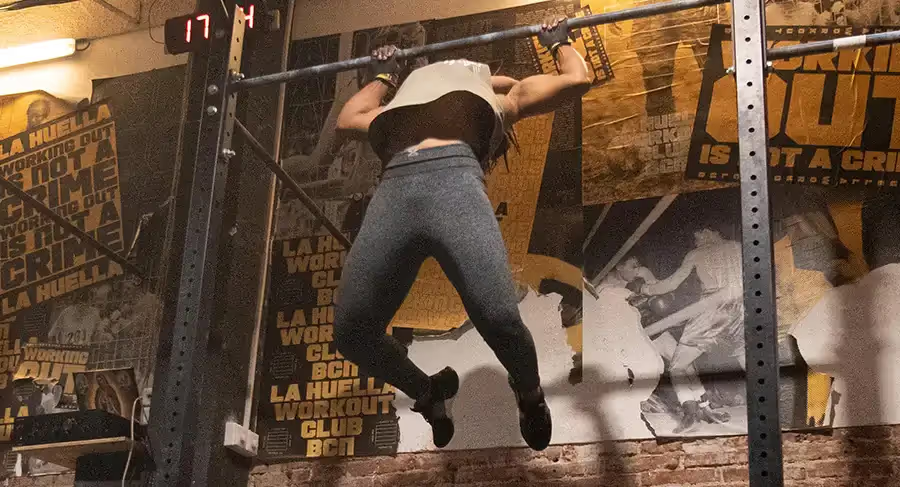
Butterfly chest to bar pull ups are highly debated outside the CrossFit space, as to the uneducated individual they can appear as cheating or dangerous.


Butterfly chest to bar pull ups are highly debated outside the CrossFit space, as to the uneducated individual they can appear as cheating or dangerous.
However, when we look at the technical aspects of the movement and how it correlates to movements it was inspired and performed by gymnasts on the bars, we can see how much more nuance there is to this skill.
Butterfly CTB pull-ups are completely safe if performed with the correct technique and with sufficient foundational strength.
Because of this, we always set a series of prerequisites to our athletes who wish to learn the skill.
Once we assess the prerequisites are covered, then we move on to drills and finally isolated skill practice to drill in the movement.
The (kipping) chest to bar pull-up is a CrossFit gymnastics movement where the athlete performs a pull-up high enough for their chest to make contact with the bar. In order to do so he can assist himself by creating momentum with his body, ultimately performing a kip, the reason why we do not refer to it as a strict pull-up.
As we mentioned already, the butterfly CTB pull-ups are perfectly safe as long as one is equipped with sufficient upper body strength to allow for adequate movement control and correct technique.
The baseline we set is being able to perform at least one controlled, strict pull-up.
If you lack this ability, we recommend first working on building your upper body strength both relative to pulling strength and your core as both play important parts in kipping gymnastics.
If you are unable to perform a strict pull-up, working on different strict gymnastics exercises will help build up your strength to eventually master the movement.
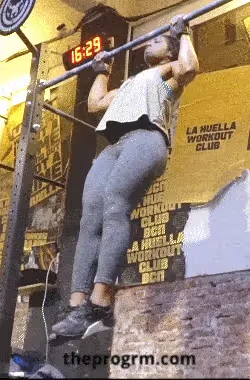
From ring rows to band assisted strict pull-ups to dumbbell accessories there are many exercises that can help you reach your goal but following a good program with proper weekly progressions will also be key to ensure you are on the right path.
Even if you are able to perform one strict pullup we recommend working on foundational strength as you progress with your more complex skills as you will gradually need more raw strength to keep up with the higher demand of the skills.
Never forget: strong roots make strong trees.
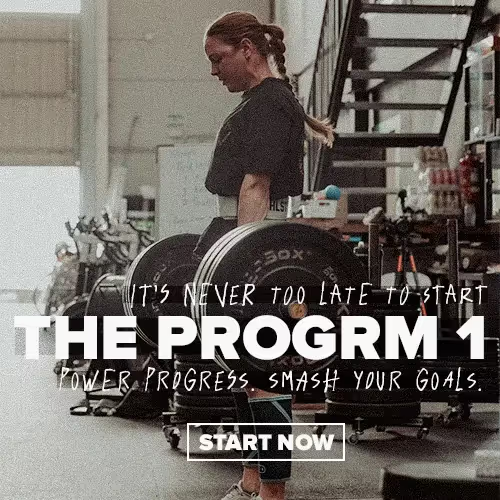
Once you’ve built that foundation, the next step is to work on progressing through a few drills.
Based on your skill level, you may need to spend more or less time on these different drills that are aimed to move you from basic kipping work to more advanced technique practice to work on the chest to bar component of the movement.
The two foundational positions of pulling gymnastics are the Arch and Hollow. Both require good core, shoulder and scapular strength, especially when you string them together to perform a kipping swing.

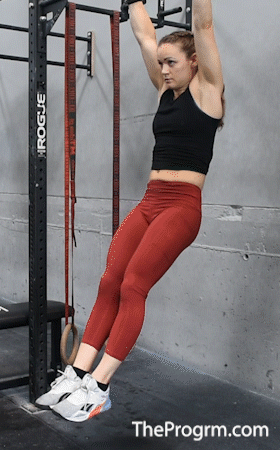
Once you’re comfortable with the kip swing, the next step is to move onto the kipping pull-up.
In this case, the biggest challenge is to get down the proper timing of the pull. You are supposed to use the elastic reaction given from the swing to drive yourself back into a hollow, as you do so your body will also start ascending slightly.

Use this slight movement upwards to your advantage and only start pulling at the end range of your hollow when your body is at its “highest”, that’s when you start pulling with your arms to complete the pull-up.
To keep working on that foundational strength as well as to drill in more control of the movement, we introduce the kipping pull-up with a 1-second pause at the top of the pull-up.
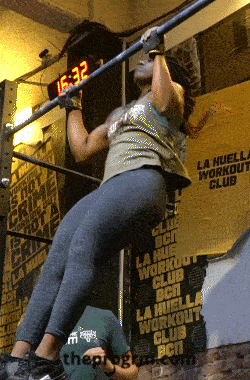
The aim is to hold yourself with your chin above the bar at the top of your pull-up position. We also recommend working on controlling the descent back down to build better control and awareness.
These drills are programmed to help the athlete better understand the dynamics of the butterfly pull-up movement and which positions he needs to go through to perform it correctly.
Even though the pulling motion is still done through a conventional kip, the aim here is to work on getting comfortable getting your body in front of the bar as you descend.
Essentially you will perform a kipping pull-up, pause a moment on the top and then descend directly into the arch position.
This means no pushing away and back from the bar to go back in hollow, but instead pulling your head through the window created by your arms and shoulders while maintaining a tight arch position.
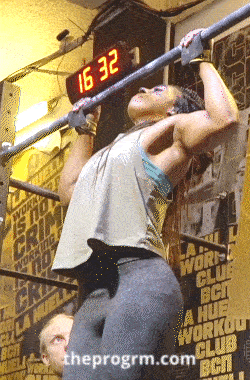
This may feel weird or uncomfortable at first, but it gets you accustomed to one of the foundational positions of the butterfly pull-up.
Many athletes who can do butterfly pull-ups keep struggling with the movement because they haven’t practiced being in this position enough.
This is also very important for shoulder health, and it’s a drill that is useful to practice no matter how advanced you are.
This drill is all about learning how to time the butterfly pull-up.
Timing is of essence with his skill, but it takes practice and lots of repetition to learn when your body needs to do what.
This can become a problem as we don’t want to accumulate excess volume, especially on the shoulders.
Overall, this is a great drill to have in your arsenal as you acquire this skill, as it allows working in many corrections without taxing the body excessively.
This drill allows you to practice the movement without having to worry about tiring out your upper body too soon.

Once you are comfortable with the drill, that’s when you can introduce a small jump propelled by your supporting leg as you go upwards.
The jump can help you gain more height so that you can effectively touch your chest to bar and perform a chest to bar.
Plus, there will be more momentum to the descent to challenge yourself with controlling the descent and get more comfortable with how the movement will feel when doing it with no support.
Once you are comfortable with the various drills, it’s time to practice the actual movement.
We recommend starting your skill practice with simple butterfly pull-ups and once you’re comfortable move onto the chest to bar version.
Our favorite way to incorporate isolated skill practice at first is with rep pyramids.
You will essentially be working through sets of ascending reps.
For beginners, we have them work through the most simple pyramid of 1-2-3-4-5.
The goal of this type of work is to drill in good movement so that when you start incorporating these butterfly CTB pull-ups in workouts, you can be more confident in knowing your body know how to move properly.
As always, if you are interested in learning more about how to acquire these more advanced skills, we recommend checking out our YouTube tutorials.